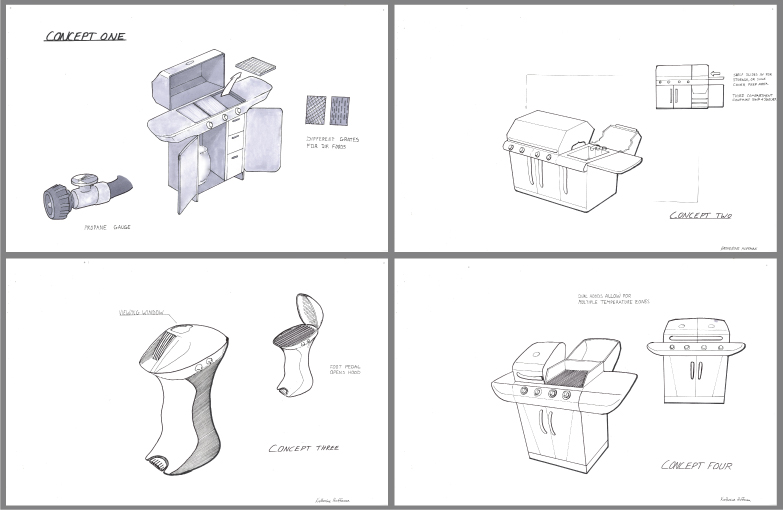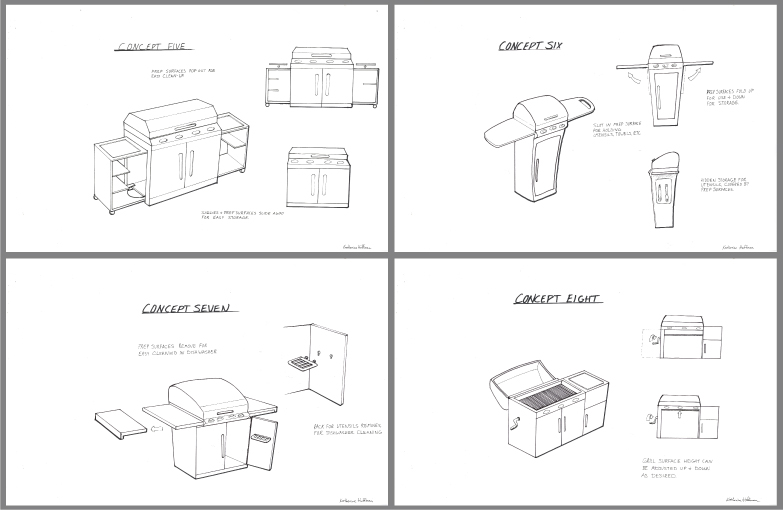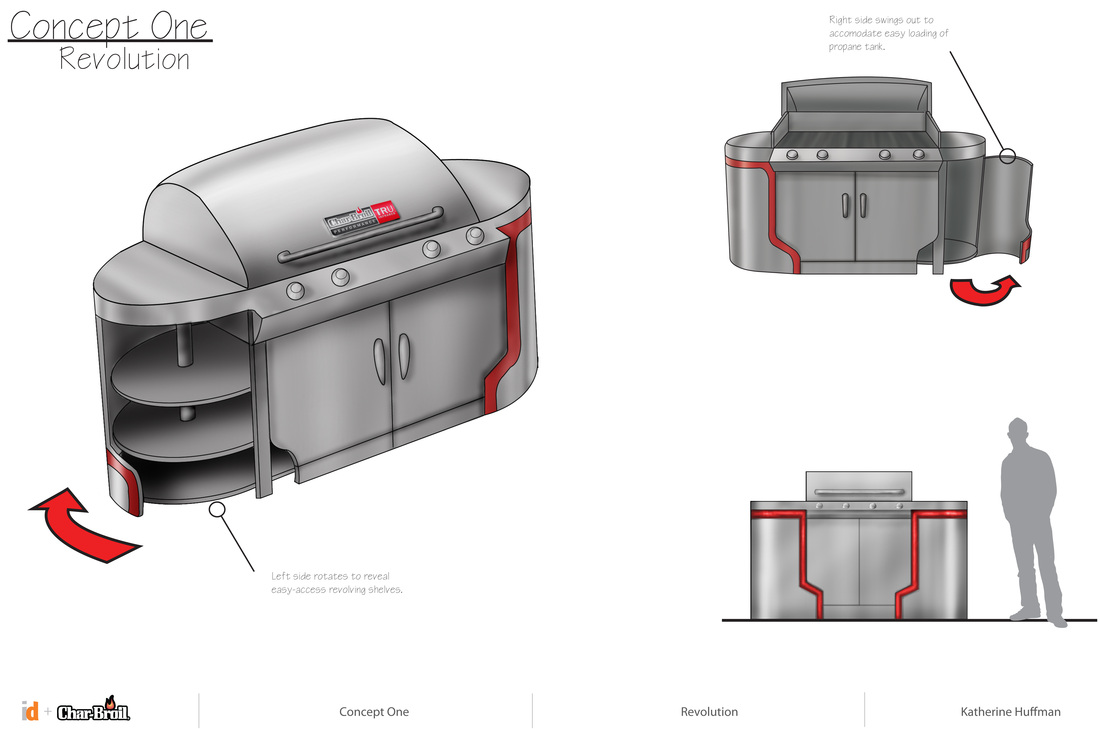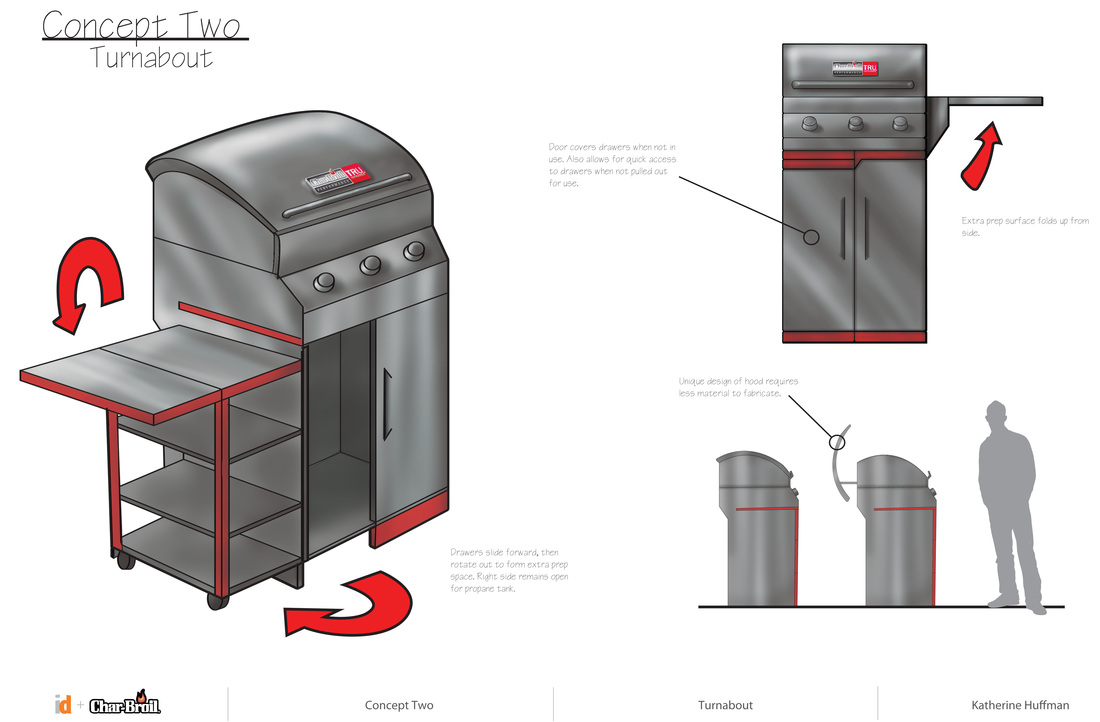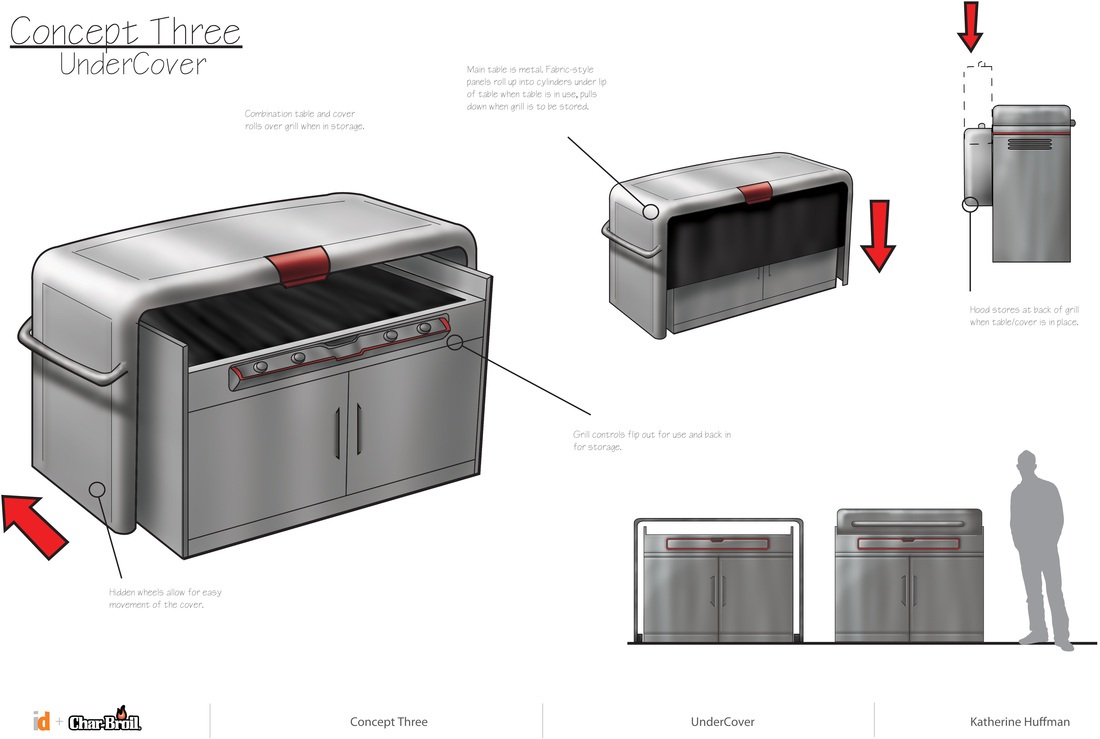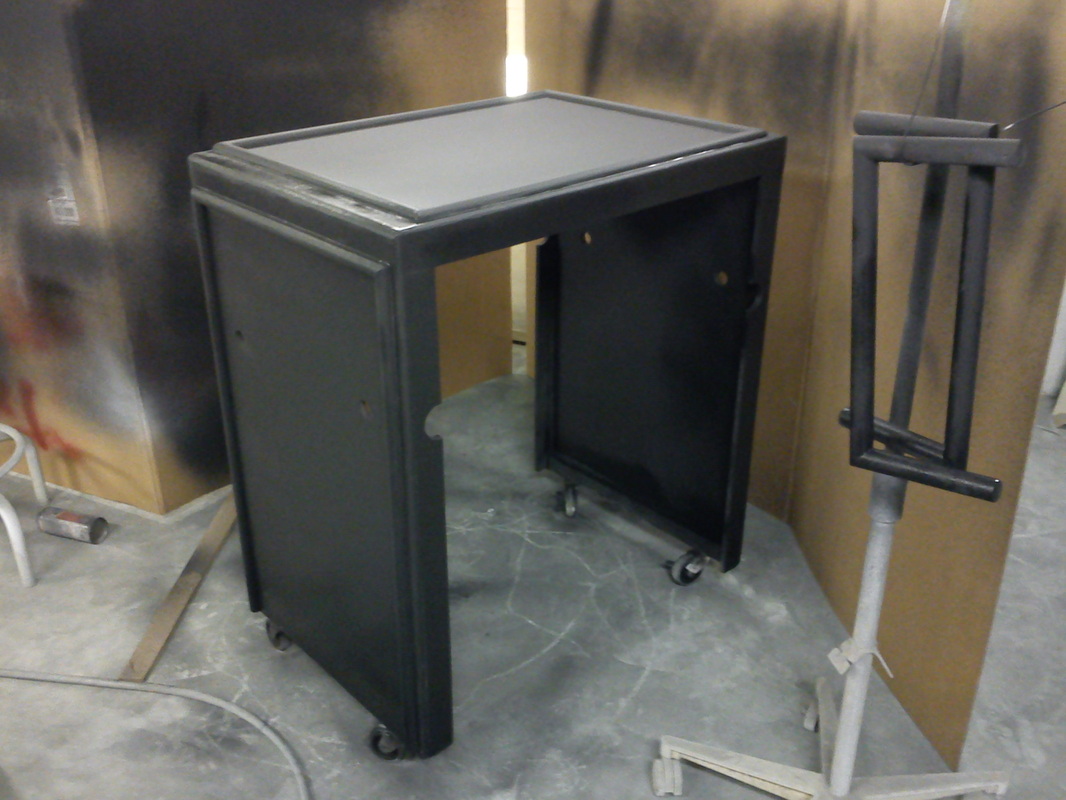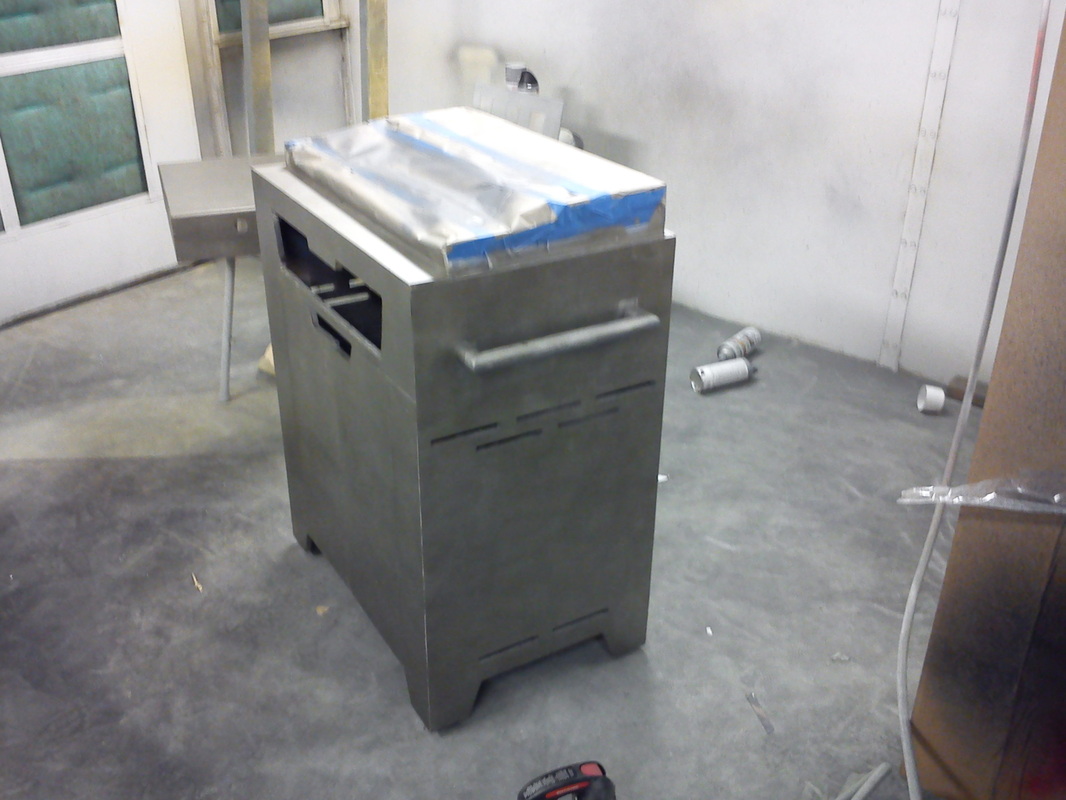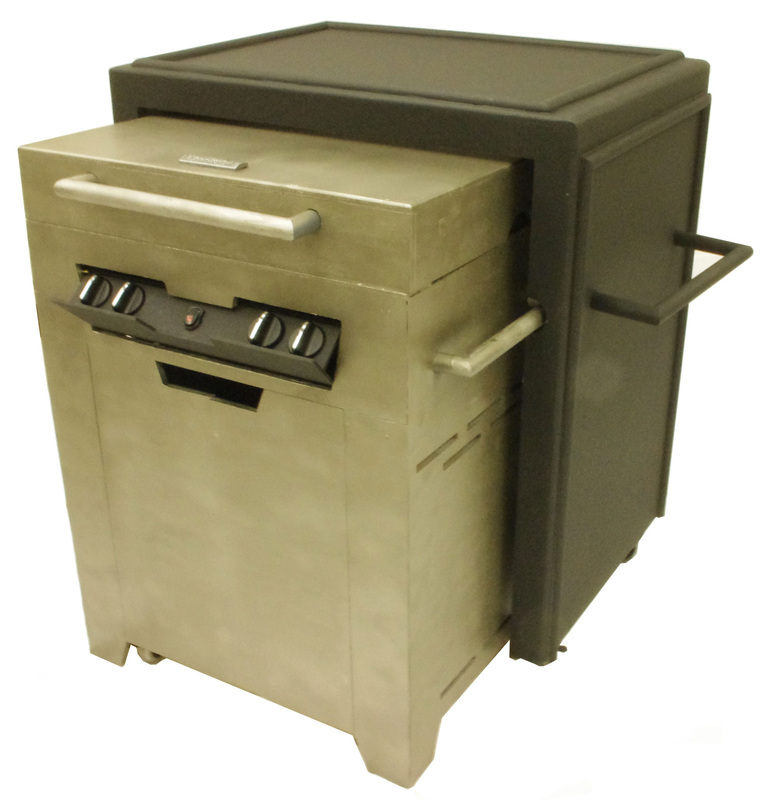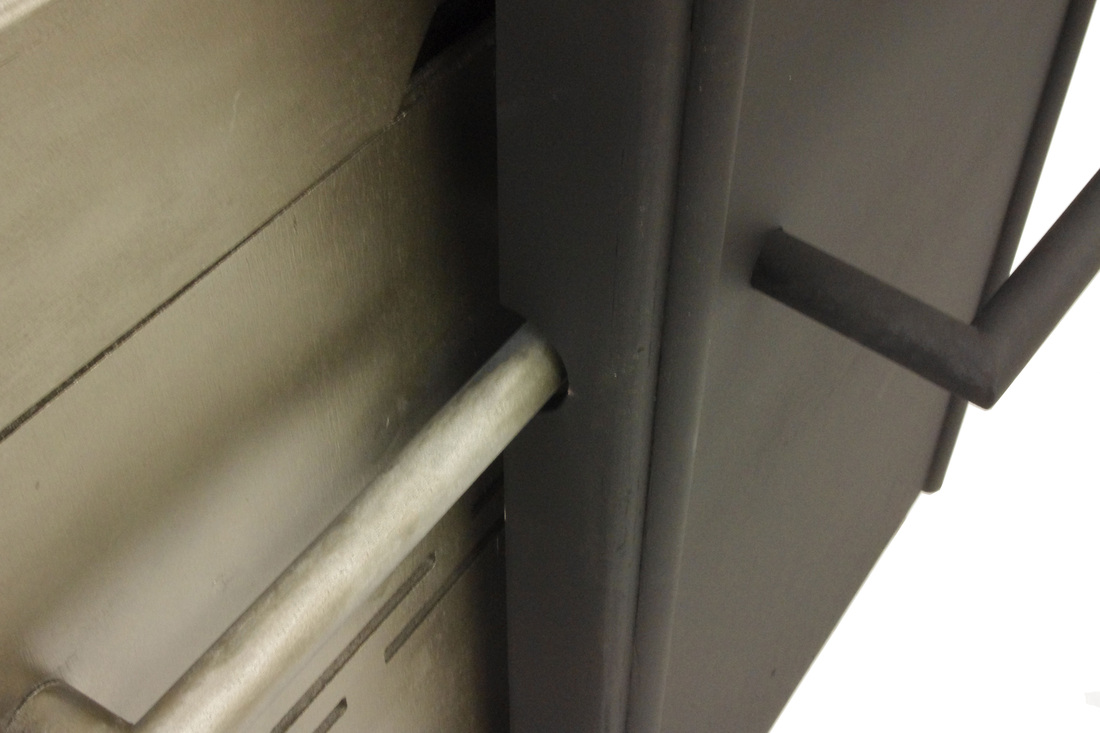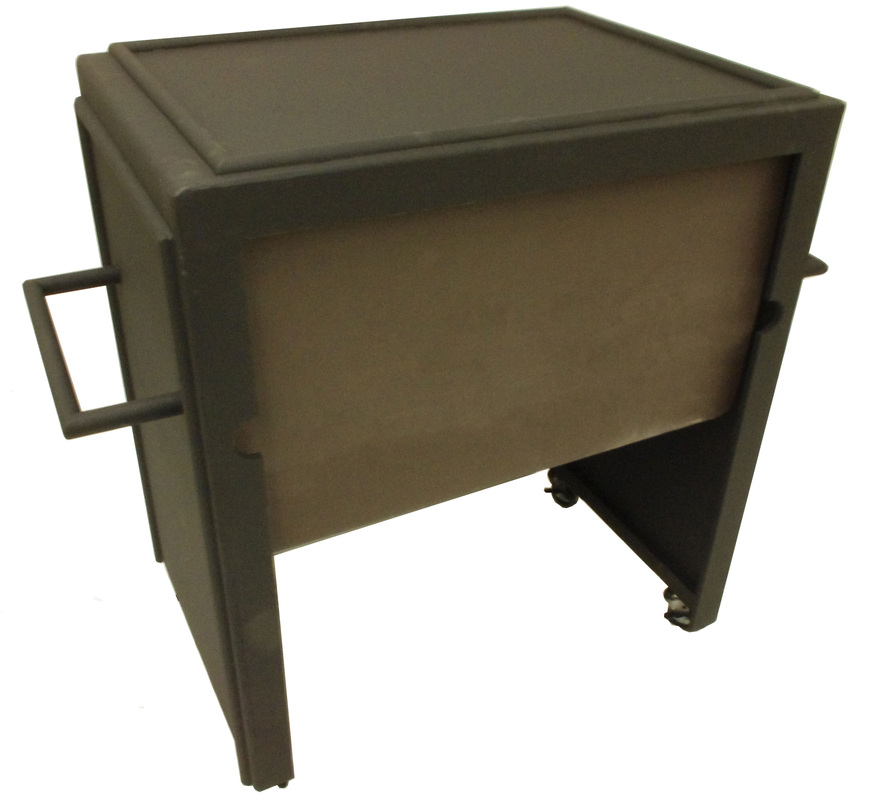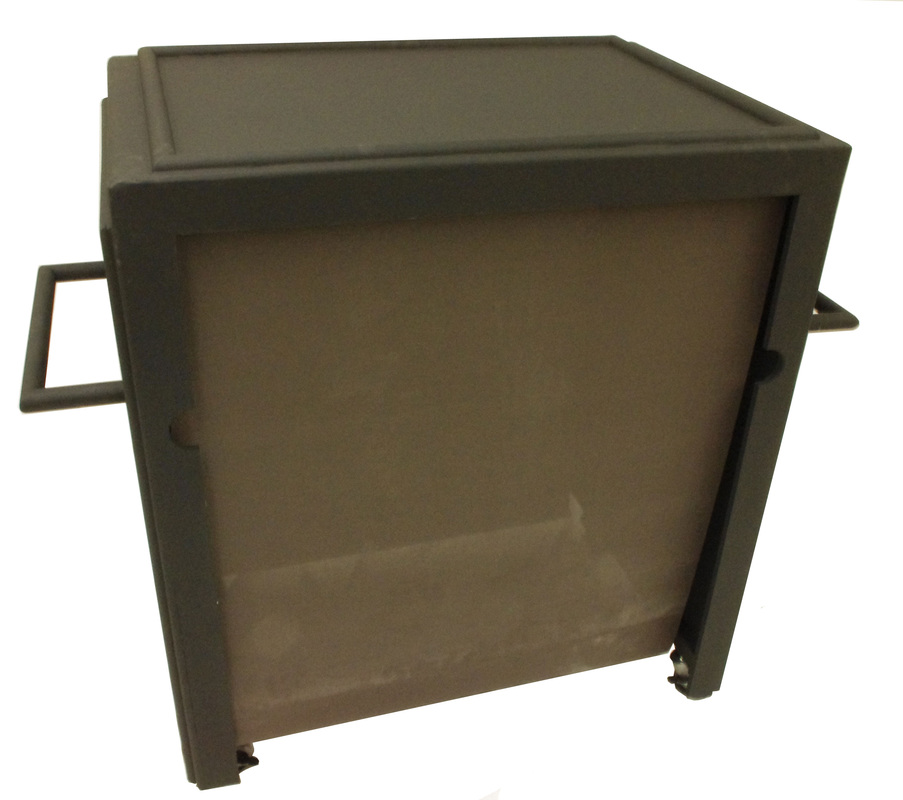Char-Broil - Fall Semester 2011
Fall semester, I participated in a collaborative studio
sponsored by grill manufacturer Char-Broil. Char-Broil was interested in getting
some outside ideas and a new take on what the future of grilling would look
like, specifically in regards to their infrared grilling lines. They were great
to work with, and provided some excellent real-world experience.
As with most of our studios, this ultimately was an independent project, but we started out in groups researching existing products, user concerns and complaints, user experience, materials, general use, etc. I and one other team member were responsible for creating and implementing a nationwide survey about grilling, resulting in hundreds of useful responses. We also conducted many hours of direct user research during the course of this project.
When designing our concepts, we looked to the information we had gathered while researching to inform out design direction. We found many areas that could use some improvement, including better ways to gauge propane usage, making grills easier to clean, with better storage, etc. The areas that I focused on were prep space, storage space/access, and covers. During our research, the top most common complaints were that users could never seem to find enough prep space, when they stored tools and seasonings in their grill, there was never enough space, or it was hard to access the stored items, and many, many people reported that they "hated dealing with covering their grill." They would either forget about it, or just not bother.
As with most of our studios, this ultimately was an independent project, but we started out in groups researching existing products, user concerns and complaints, user experience, materials, general use, etc. I and one other team member were responsible for creating and implementing a nationwide survey about grilling, resulting in hundreds of useful responses. We also conducted many hours of direct user research during the course of this project.
When designing our concepts, we looked to the information we had gathered while researching to inform out design direction. We found many areas that could use some improvement, including better ways to gauge propane usage, making grills easier to clean, with better storage, etc. The areas that I focused on were prep space, storage space/access, and covers. During our research, the top most common complaints were that users could never seem to find enough prep space, when they stored tools and seasonings in their grill, there was never enough space, or it was hard to access the stored items, and many, many people reported that they "hated dealing with covering their grill." They would either forget about it, or just not bother.
Based on what we had learned in our initial research, we began by designing and presenting a first set of concepts. Based on the feedback we received, we were able to more accurately dial in towards what the design team from Char-Broil was hoping to see out of our studio.
Utilizing both the feedback we had received and what we had discovered during our own research phase, we then designed and presented a second set of concepts.
After presenting our final concepts, we received more feedback on what direction the design crew from Char-Broil wanted to see us take our respective projects. Ultimately, of my designs, Char-Broil was interested in seeing a concept along this line. We were each able to get feedback and input on our given concepts from the Char-Broil design team. The main challenges the design team at Char-Broil saw were that it would be hard to get the grill to properly fit back under its cover without some way to guide it. Also, how would it act when the user was trying to move both the cover together with the grill under it? Would the cover just roll off the grill? Final size was also an issue to consider, as there are specific heights to accommodate the widest range of users.
Jockeying for space In the paint booth at Wallace Center. Lots of micro-booths set up using cardboard sheet. My final concept sought to address a few specific issues we had discovered while researching grill use. Namely, lots more prep space and a traditional-cover alternative. To that end, I designed a grill and cover combination that would provide a hard-shell grill cover and prep table in one.
Grill has a low, flat hood to accommodate the cover.
Final full-scale model. The final wound up substantially narrowed. Before getting started on the final model I made an extremely loose cardboard mockup to get a feel for the size, and worked it down to a manageable, reasonable size from there. This final was a beast. As a studio, we had a grand total of 15 grills of similar size that we got to pack into a UHaul and move an hour away for our final presentation. That was an experience. I couldn't have asked for a better studio, though. I can vouch for the exceptional work of every person in our year, and our studio was absolutely fantastic, a great crew that took on a pretty major undertaking with gusto and a good sense of humor. They are all a very fun and reliable bunch to work with.
Close-up of handle slot. To address the challenges that the Char-Broil design team saw, I designed a standard set of handles and notches to accommodate said handles. This way, when returning the grill under its cover, the user can simply line up the handles and push the grill under. It won't bump about, and it slots in very easily. To lock the grill and cover in place, the exterior handles push in, securing the grill's side-handles between the cover's handles.
Grill cover, handles extended, cover half-way drawn.
Once the grill is secured under its cover, screens of more traditional grill cover material attached under the lip on either side can be pulled down, like a blackout curtain. Then, when the grill needs to be accessed, just pull down slightly and let go and the cover curtain rolls back up and out of the way.
